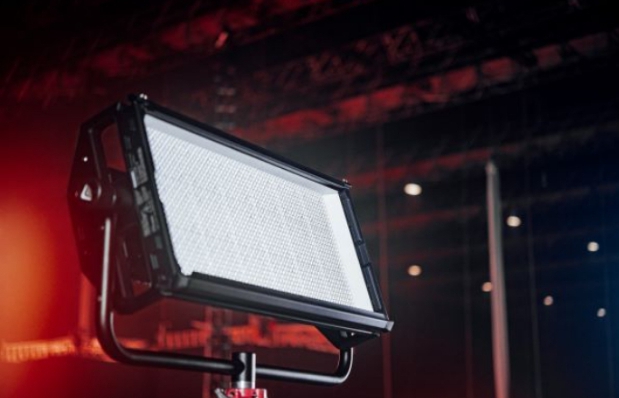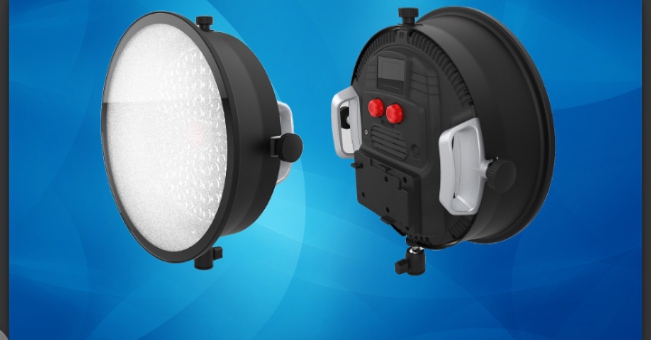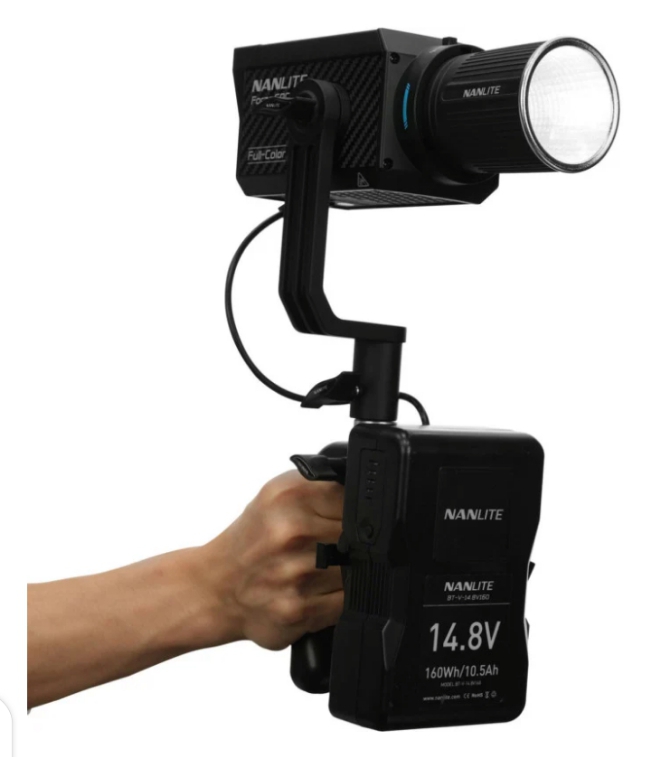HMI means Hydrargyrum Medium-Arc Iodide. It is a light that uses an arc lamp instead of an incandescent bulb to produce light and emit an ultraviolet light with a blue hue. To power up, HMI lights require an electrical ballast which ignites the metal-halide gas and mercury vapor mix in the bulb. The ballast is separate from the lamp head and is connected with a header cable. This limits current, supply the proper voltage and even regulate the current.
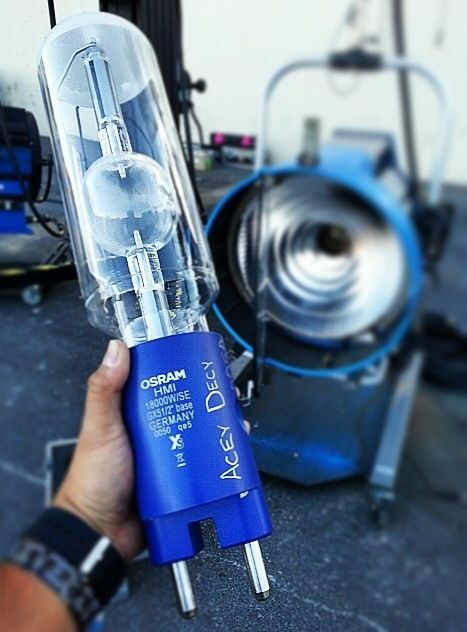
HMIs and The Incandescent bulb
HMI lights produces hard lights and very high light output with greater efficiency than incandescent lighting units. The efficiency advantage is up to 2 to 5 times as efficient as incandescent. This means they use less power and run cooler with approximately 85–108 lumens per watt of electricity. Their color temperature is 5,600K, they are the most popular type of light used in the film and TV industry today aside LEDS. They are also more expensive compared to LEDS. In order to reduce the intensity of the HMI light, light modifers are ofter used.
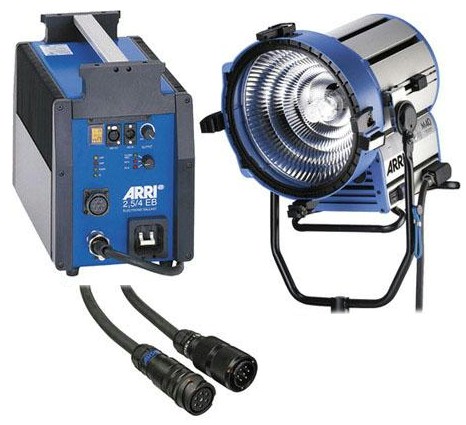
Power
HMIs lights operate by creating an arc between two electrodes. This arc excites a gas which produces the light. In order to ignite the arc, a ballast is required. There are two different types of ballast i.e. electronic and magnetic. Magnetic ballasts are cheaper, but if you are shooting at a shutter interval out of sync with the cycling of your power supply the HMI will appear to flicker on camera.
Electronic ballasts have a ‘flicker free mode’ which converts the sine wave of the power supply into a square wave. This makes sure that the arc does not extinguish at any point in the cycle. A side effect of this is that the head and/or ballast can produce humming, buzzing or squealing noises. Therefore many electronic ballasts have a ‘silent mode’ which reduces the noise but only prevents flicker at standard frame rates. Flicker is rarely a problem as the shutter angles of todays digital cameras can easily be tweaked to deal with it at common frame rates.
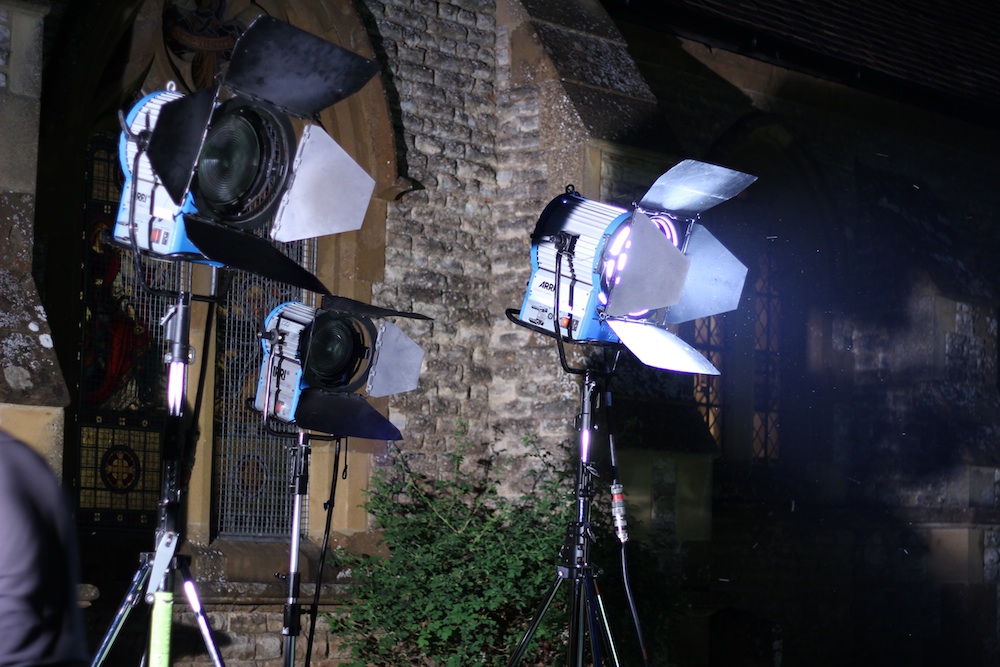
Various Types and Sizes of HMI
Like tungsten units, HMIs are available in open face, par and fresnel varieties, though the open face models are not very common. Arri, the major manufacturers of HMIs, call their daylight par fixtures ‘Arrisun’. Other HMI brands include Film Gear, Silver Bullet and K5600, which makes Jokers. Measured by their wattage, standard HMIs sizes are: 200W, 575W, 1.2K, 2.5K, 4K, 6K, 12K, 18K. The smaller models, up to 2.5K, are fairly common on no-budget sets. This is because they can run off a domestic power supply and so don’t require a generator. On the other hand ,18Ks are standard for daylight exterior and interior and it works on medium budgets and above. Because of their power, HMIs often play a key part in night exterior lighting as well.
Weight
It is also important to note that the average HMI light is quiet heavy to lift. I have worked with a 12k sometime in the past and it took 3 well fed guys to move it around.
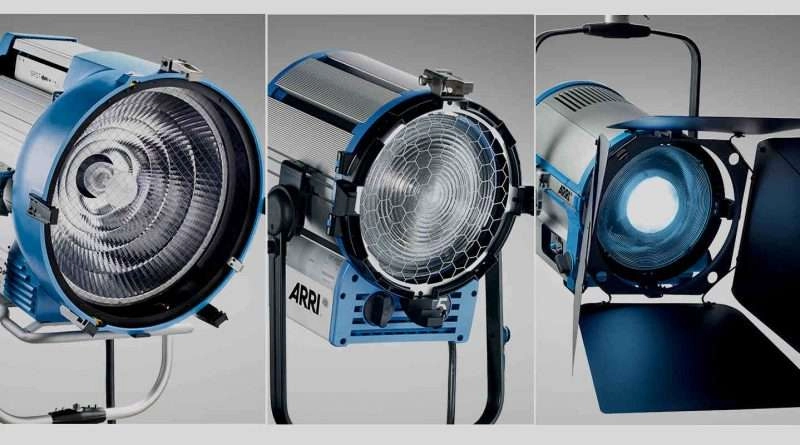
There are many variants on the standard HMIs. Here are some of the more common ones.
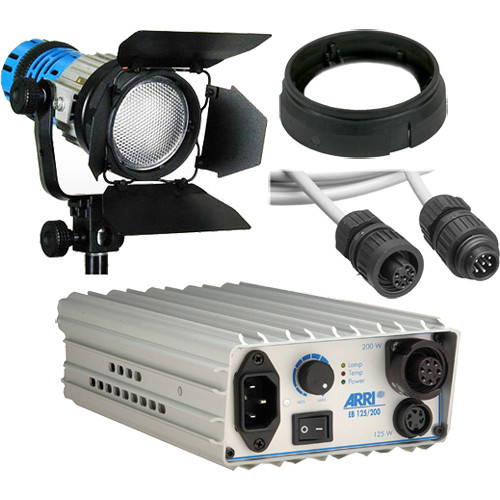
Pocket pars
They are little 125W daylight pars that can be run off batteries. Before the days of LED panels, I used one of these for eye-light on a short film set in a forest in daylight. They can also make a good TV gag when bounced off a wobbling silver reflector.
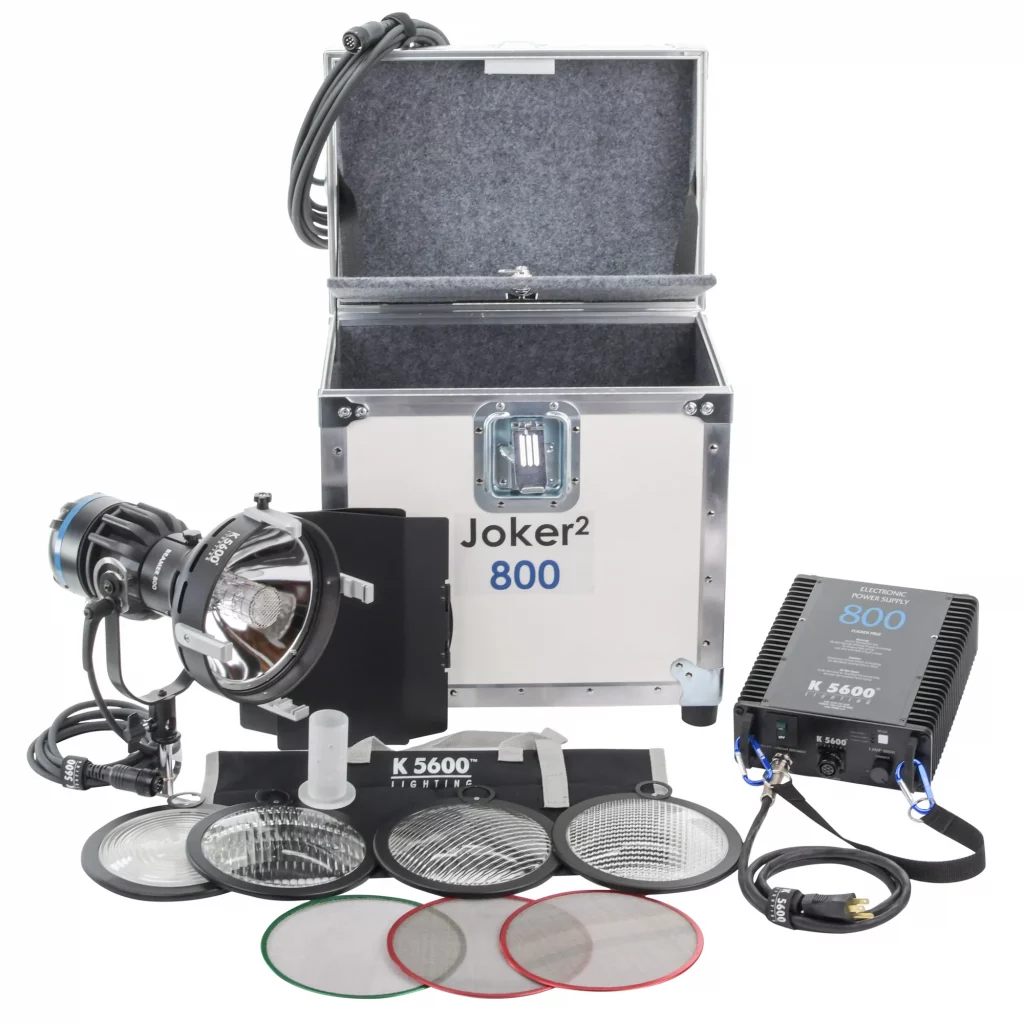
Jokers
They are small units that come in 400W and 800W models. They can be reconfigured in various ways and even slotted into Source 4 housings to convert these units to daylight. We used a 400W joker a couple of times on Heretiks, when there was little space to rig in but we needed a fair bit of punch – like daylight through a small window.
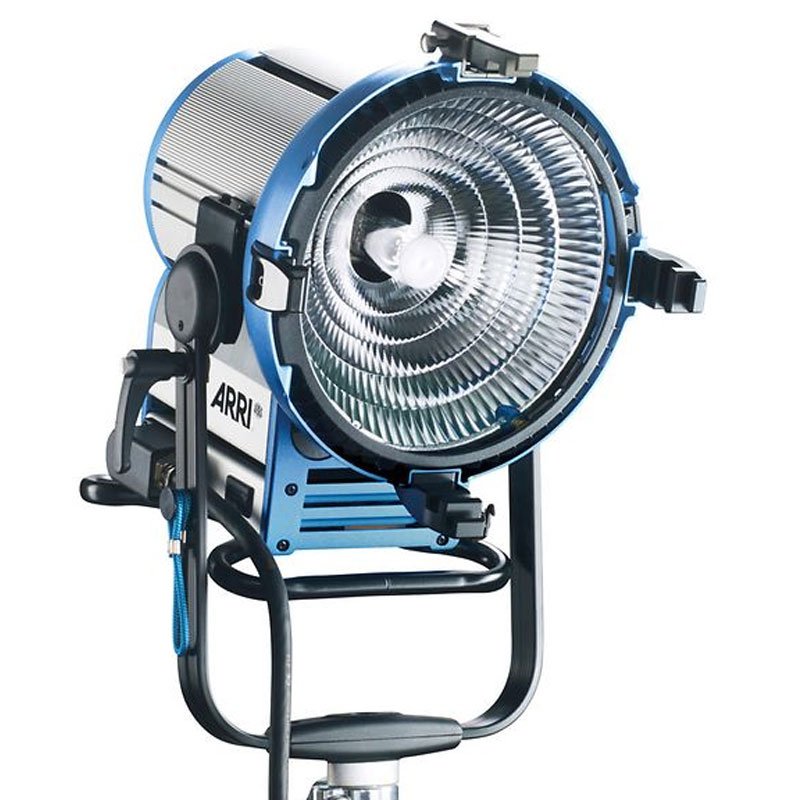
The Arrimax
They use a hybrid of par and fresnel technology. They are lighter and more efficient than standard HMIs – the 800W model puts out almost as much light as an ordinary 1.2K, for example – but they’re more expensive to hire and don’t create the nice shafts of light that some DPs like (ahem). The model numbers are the wattage in tenths of a kilowatt: M8 (800W), M18 (1.8K), M40 (4K), M90 (9K) and the anomalously-named Arrimax 18/12 which accepts both 12K and 18K bubbles.
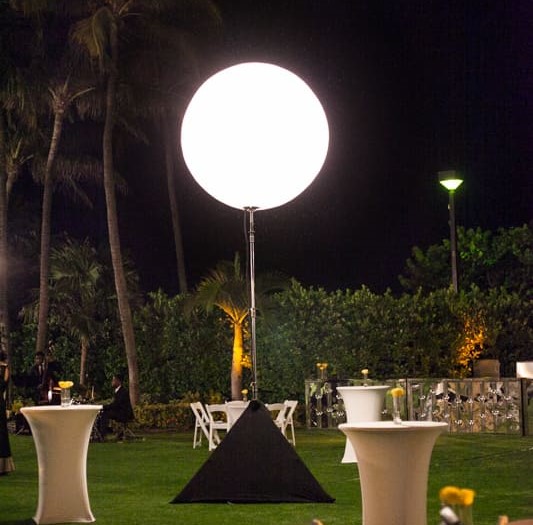
Helium Balloons
They are designed to provide a soft overhead illumination for night exteriors or interiors with very high ceiling. They come in a range of shapes and sizes, and aren’t necessarily HMIs; they can be fitted with tungsten lamps, or a combination of both.
In conclusion, HMIs usage require highly qualified lighting team (ranging from the gaffer to even the spark). They aren’t something you can rent and just mess around with, like you can with LEDs. This is because they are expensive to buy, rent and maintain, heavy, hot and consume high power. Also, they are much more dangerous than most people are comfortable with. If you want to decide when and where the sun will shine, HMIs lights are your best bet.
CREDIT : /https://neiloseman.com/know-your-lights-hmis/
https://en.wikipedia.org/wiki/Hydrargyrum_medium-arc_iodide_lamp

